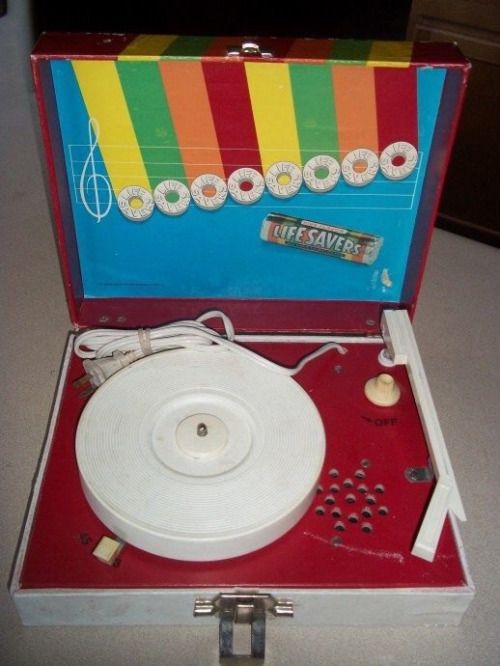It may seem that the only language babies know is crying, crying, and more crying. But in many cases, crying is a last resort. A way of letting caretakers know the baby is now desperate for food, a clean diaper, sleep, or a snuggle. Rivaling the decibel level of a lawn mower, crying is a powerful survival mechanism for the baby. The loudness ensures somebody hears the baby.
Although it seems that crying is the main language, babies are really masters of non-verbal communication. Noticing the nuanced signs and signals and figuring out what they mean requires one to pay close attention. For example, the broad recognition of newborn hunger cues. There’s general rustling and mouth openings to start. Sometimes there’s “rooting” when the infant will go searching for a nipple. The movements gradually get more pronounced, going through two levels of escalation before the crying, wailing really, starts.
I thought about these things while reading NeuroTribes: The Legacy of Autism and the Future of Neurodiversity by Steve Silberman. In the book there’s speculation that many of the technological advances we use, including the many forms of communication, were created by people on the spectrum. Based on my understanding, this may be because people with autism prefer communicating in less direct ways for a number of reasons.
While I appreciate and support the many wonderful ways technology connects us, we lose something vital without in-person time. Small details such as how somebody smells, telltale signs of nervousness or boredom, and the focus of somebody’s eyes, don’t exist with many forms of electronic communication. We’re left to rely on tone, for verbal conversations, and even less with textual conversations. In some cases we may only have cues such as capital letters, sparingly used punctuation marks, and emoji to help us figure out the non-verbal nuances. I also feel that too much electronic communication makes people insensitive towards each other.
Even on-camera conversations miss cues. Sometimes the connection is poor resulting in grainy images or lag times. Other times people are not looking directly at the camera because their attention is on another monitor.
We have a lot to learn from each other by connecting. Even if verbal communication doesn’t feel comfortable for some of us, there are lots of other cues to notice for connecting.

